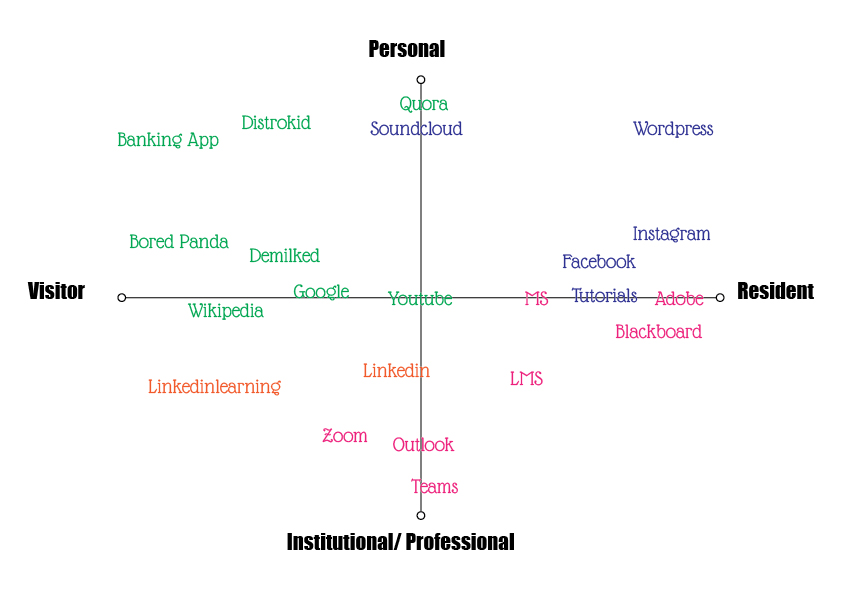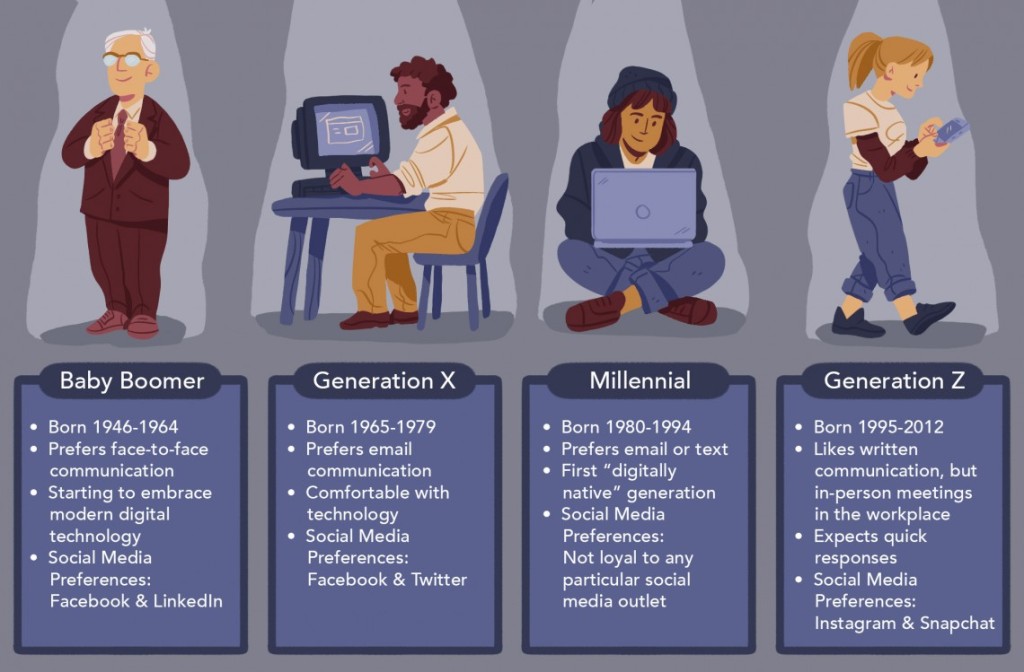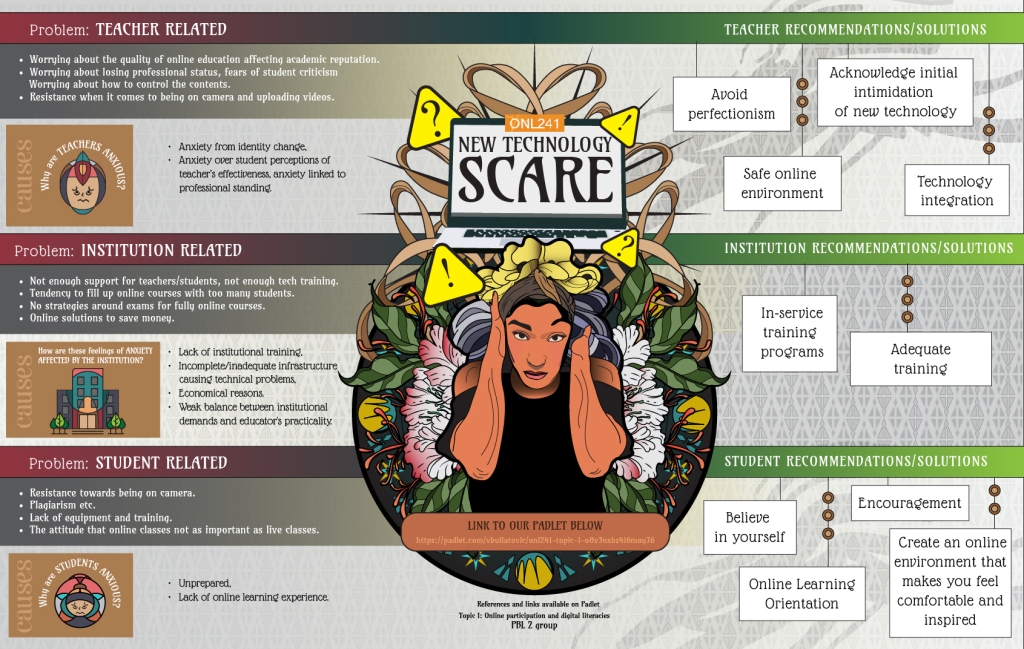Topic 1: Online participation and digital literacies reflection
My most memorable interaction with technology was in primary school. We learnt how to switch on a computer, wiggle the mouse and right click. I was not particularly enthused as lessons were a prerequisite until a friend of mine started showing off her fast typing skills.
My two-finger-character-searching-then-key-pound-method was not going to cut it!
She, (lets call her Betty-Sue) was from an affluent family. Not to say she was spoiled but her every wants were catered for. While I?.. Not so much.
Oh, but Betty-Sue had the kindest heart, and when I asked her how she could type so fast, she gave me and other classmates keyboard print outs and said “practice on this”. So I did, and that was how I leant to type pseudo fast-ish or at least type without looking for the keys or pausing for long moments.
My relationship with technology had always been from a digital refugee lens.
Through circumstances, chance meetings and in the pursuits of the betterment of self; technology came to me.
But before I go into my testimony, lets quickly define key terms according to Clayton Halton (2021);
DIGITAL NATIVE
a term coined by Marc Prensky in 2001 to describe the generation of people who grew up in the era of ubiquitous technology, including computers and the internet(Clay Halton, 2021).
DIGITAL IMMIGRANT
are comfortable with technology and computers at an early age and consider technology to be an integral and necessary part of their lives. People who have had to adapt to the new language of technology (Clay Halton, 2021).
DIGITAL REFUGEE
people whose jobs, livelihoods, and lives have been disrupted by the rapid advance of information technology, automation, and artificial intelligence (Clay Halton, 2021).
Yes, I consider myself a DIGITAL REFUGEE. Although the word disrupted seems harsh, technology came to me through;
- (1) the people around me,
- (2) my job and interests and
- (3) the circles and passions (to be seen).
———————————————————
(1) the people around me – My first email address.
DISRUPTION: Betty- Sue example.
I had just leaned how to find specific books at our school library using the designated pc. My best friend at the time wanted to show me something in the computer labs. She introduced me to email (yahoo) and Facebook. We had similar passwords at the time (a boy we both had a crush on) lol.
———————————————————-
(2) my job and interests – having email experience (showing my age), impressed my boss at the time and from there it was about learning and designing for various corporate intranets and creating content for LMS.
DISRUPTION happened when I had to move from paper and pen/pencil to the digital creation. I remember an instance where my lecturer at Design school was so annoyed that I didn’t know how to use Photoshop. I went to a private college you see, and my landscape was of laptop-ed kids who were already tinkering with Photoshop. And here I was, the oldest kid in the class who had no idea how to draw a square.
This experience informed my teaching methodology and echoed Sustainable Development Goal 4 – ensure inclusive and equitable quality education and promote lifelong learning for all (Goal 4: Ensure inclusive and equitable quality education and promote lifelong learning opportunities for all, 2018). My lecturer did not demonstrate inclusivity and I could have been demotivated by my them, but I chose to fight.
——————————————————–
(3) my circles and passions (to be seen)– As a graphic designer designing work for a client is a small part of the bigger picture. The need to be seen propels designers to package and present their work in a way that communicates professionalism and experience.
DISRUPTION came in the form of moving from print portfolios to digital portfolios. Online portfolios meant that we didn’t have to trudge the mire of taxi and bus crunches to show our bulky creations to prospective employees. As a music producer, to be seen also required my music to be available on various streaming platforms. Gone are the days of burning discs and giving away usb’s with my music. Less printing also meant that the people who follow my work could access my artwork, ramblings and music by just clicking on a link to my blog.
A video by jiscnetskill – Visitors and Residents presented by David White raised a few questions about MY relationship with technology.
Although the video does not cover digital refugees it sheds light into the relationship between digital natives (the knowers) and digital immigrants (the early adopters) and of HOW we use these technologies.
Below is my diagram documenting my digital usage and relationship.
 (Kekana, 2024)
(Kekana, 2024)
The point of interest for me was where websites/technology intersected with the lines.
If the above diagram was animated? These websites/programs would float across, up, down left and right, depending on my need at the time.
My usage of technology is dynamic and ever changing.
My biases also come to play: the idea that baby boomers have no interest in technology and that Gen Zs are too into technology.
“While there are some patterns to be recognized between the generations, they are by no means a steadfast truth”(Chiechi, 2021).
 (Chiechi, 2021)
(Chiechi, 2021)
I am a millennial.
Chiechi (2021) groups millennials as digital natives. We grew up with cellphones and the internet and we were “already primed for the dawn and development of social media” (Chiechi, 2021).
This speaks to digital literacy not settling like sediment, but that digital literacy is a means to an ever changing BEGINNING.
Platforms like Instagram, Tik Tok etc. allow users to engage with other users, swap, learn, share and develop content that makes bums hum (happy, content, satisfied etc.). Finding people who hum to the same frequency is as easy as typing in the search bar. And although there are dangers associated with these new found experiences, digital literacy has become synonymous with community and collaboration. It has also birthed a “bunch of” eager consumers and producers, hungry for clout, recognition, acceptance, acknowledgement etc.
To participate or to consider yourself a digital hotep*?
That is the question…
*Digital Hoteps – are a group of appointed, post-y2k digital prophets who espouse a mixture of analog radicalism and digital conservatism – you saw this term it here first..lol!
Conclusion: My floating usage of technology, my generation, and my bum hum makes me more than just a digital refugee.
- I am a digital native – had access to technology at a young(er) age,
- I am a digital immigrant – can adapt to new technologies, and
- I am a digital refugee – continual use of technology for a means or cause.
The approach to technology in a teaching and learning environment should thus incorporate this thinking. That we the sum of all parts, to varying degrees.
Lastly,
The role of graphic design in digital literacies
Graphic design or visual communication plays an underrated role in digital literacies.
Understanding of the psychology of design, design elements, design principles, design thinking, user experiences and journeys, semiotics etc. culminate in how users journey, adopt and adapt to technology.
A quick note on the three areas in semiotics
- Cognitive Semiotics – studies how individuals conceptualize meaning by using sign systems (Franz, 2003 – 2024).
- Social and Cultural Semiotics studies how sign systems develop and are used in specific cultures (Franz, 2003 – 2024).
- Visual Semiotics focuses on non-linguistic visual signs in art and design (Franz, 2003 – 2024).
“A beautiful design is not a product of great imagination or a result of an idea. Rather, it is a product of carefully plotted design elements chosen to create a visual representation of the idea and the imagination (Lasquite, 2015).”
How technology looks and works contributes to digital literacy and is the guiding step to user journey, user adoption and user adaption.
I count myself lucky as the generation that does not have numerals as part of my email address.
————————————————————————————
Topic 1: Online participation and digital literacies
Below is our groups poster/presentation of topic 1. What I found interesting was how we share the same anxieties. The biggest release for me was to learn to avoid perfectionism.
I enjoyed designing this poster/presentation. This is where it started.
View our padlet here.

——
Works Cited
Chiechi, T. (2021, January 7). Cross Generational Communication – Who are you tawkin to… me? Retrieved March 13, 2024, from Design Works: https://www.csdesignworks.com/blog/2021/01/cross-generational-communication-who-are-you-tawkin-to-meij
Clay Halton, M. B. (2021, August 26). Digital Native Definition vs. Digital Immigrant/Refugee. Retrieved March 13, 2024, from Investopedia: https://www.investopedia.com/terms/d/digital-native.asp
Franz, M. (2003 – 2024, March 13). Semiotics Definition & Examples. Retrieved 2024, from Study.com: https://study.com/academy/lesson/what-is-semiotics-definition-examples.html#:~:text=What%20are%20the%20three%20areas,signs%20in%20art%20and%20design.
Goal 4: Ensure inclusive and equitable quality education and promote lifelong learning opportunities for all. (2018, ISGlobal Barcelona Instutute for Global Health). Retrieved March 13, 2024, from ISGlobal: https://www.isglobal.org/en/-/sdg-4-ensure-inclusive-and-equitable-quality-education-and-promote-lifelong-learning-opportunities-for-all
Lasquite, M. (2015, September 28). What Makes Good Design? Basic Elements and Principles. Retrieved March 13, 2024, from Visme: https://visme.co/blog/elements-principles-good-design/